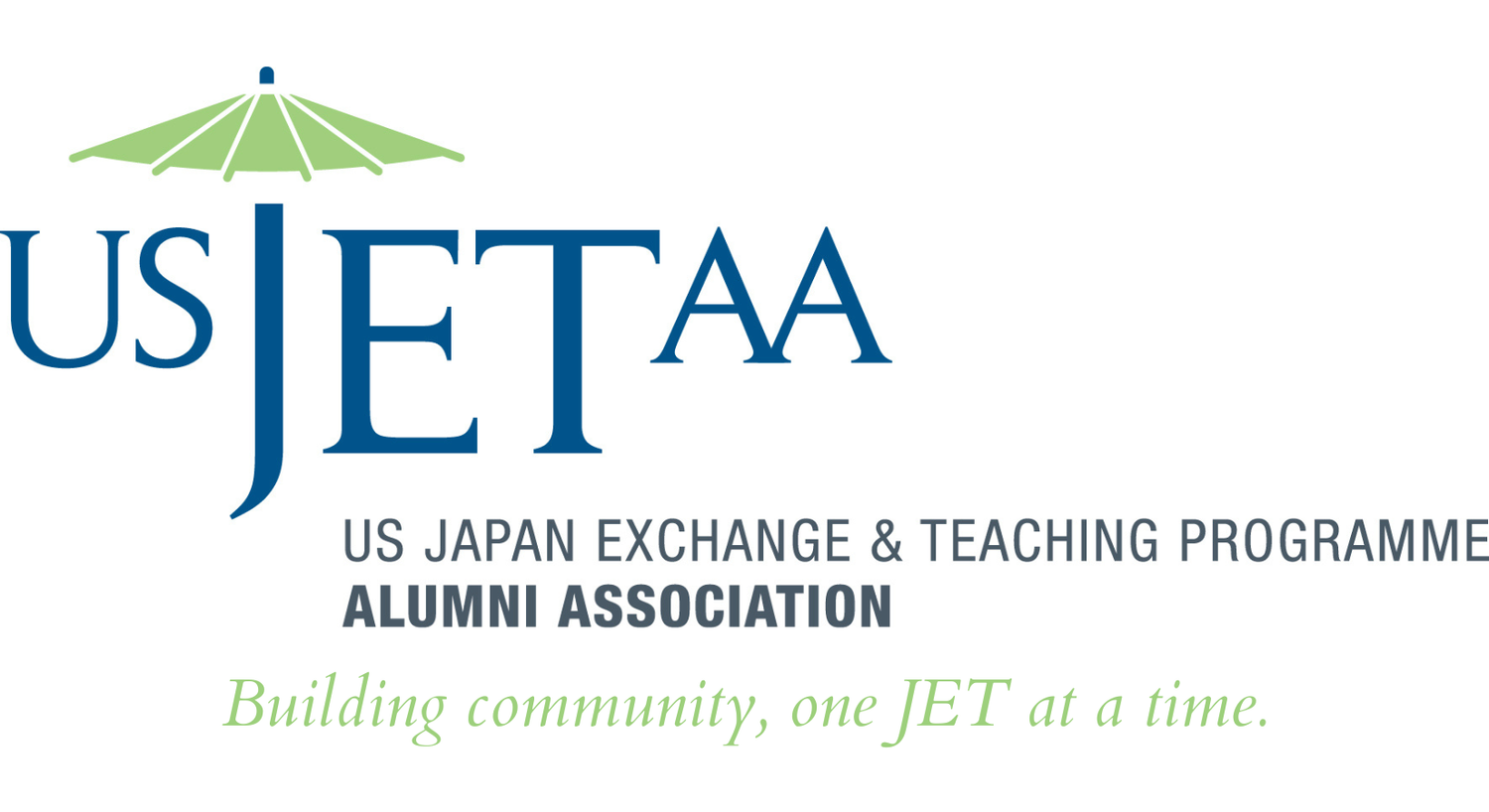Interview: Sarah Stout - Hokuto, Yamanashi (2009-2014)
Where were you in Japan as a JET and whenI was placed in the gorgeous, rural town of Hokuto, Yamanashi from 2009-2014. Located in the very north of Yamanashi, Hokuto is bordered by Nagano prefecture and is nestled within the Yatsugatake mountain range. So, in addition to having a very clear view of Mt. Fuji, Hokuto has stunning views of Yatsugatake as well. There are some Japanese celebrities who are known or rumored to have second homes in Hokuto due to the fantastic scenery in relative proximity to Tokyo. Despite Hokuto being rural, it is surprisingly diverse and cosmopolitan as it is home to Suntory's Hakushu distillery, many delicious restaurants, and the world's only museum dedicated to the works of Keith Haring.What sparked your interest in applying for the JET program?I've always had an interest in Japanese video games growing up, which is common amongst JETs. However, I didn't always necessarily dream of going to Japan! In college, I was searching for an affordable summer study abroad and the options available at my university were quite limited at the time. I didn't have a particular place that I wanted to study in mind, but It just so happened that I found an amazing, cost-effective study abroad opportunity in Japan just for students in my region of the US. After I came back from that experience, I knew that I wanted to go back as soon as possible.[easy-image-collage id=7447]What are some of the things your prefecture is known for? Ex. food, hotspots, etc.Yamanashi is best known for Mt. Fuji and the Fuji Five Lakes area, of course! However, Yamanashi has a lot to offer! Yamanashi is also home to Fuji-Q Highland which has many Guinness World Record holding roller coasters. In my opinion, one of the biggest appealing points of Yamanashi lies in the food! You may have seen the famous raindrop cakes that often show up on Instagram. These are called mizu shingen mochi, and are a variant of the already famous shingen mochi, both of which originated in Yamanashi. They are gorgeous mochi cakes with kinako (soy bean powder) and kuromitsu (brown sugar syrup) named after a very prominent, Yamanashi-born Sengoku-era daimyo (feudal lord), Takeda Shingen. In addition, hōtō is a classic dish made from wide buckwheat noodles, melted kabocha squash and miso. It is rumored to have also been invented by Takeda Shingen. Fruits are grown in abundance in Yamanashi, and the wine made from them is award-winning. There is even a very popular grape festival every year which mainly features local wine so it is always a very popular festival.
Did you pick up any of the regional dialects? What are some of your favorite words or phrases?
Koshu-ben is Yamanashi's dialect, but is often considered to be an unattractive-sounding dialect. As such, it is not particularly popular and is said to be dying out. However, I was very lucky to be good friends with a local Koshu-ben teacher who worked on a grassroots level to help revive the dialect. I didn't learn it or use it as much as I had hoped, but personally, I find many phrases to be quite cute and endearing. For example, -zura being used in place of -desho,- jyanke instead of -desune or -jyanaika and my personal favorite expression of surprise te! So you could make sentences such as Te! Yamanashi wa sugoijyanke! Hōtō wa oishiizura! (Wow! Isn't Yamanashi amazing? Hōtō is delicious!).
If you were to return to live in Japan, would you choose to live in that same prefecture?
I would definitely live in Yamanashi again, given the chance. There are some sacrifices that you make living in a more rural area, but Yamanashi is a great mix of both very rural and semi-urban locations and it is really not very far to Tokyo by either car or train. In some years, Yamanashi will also be home to a major maglev train station as well, making it more convenient.
I feel like I have been lucky to continue to be involved with Japan ever since coming back to the US. For my first couple of years back in the US, I was honored to be able to volunteer with some sister city activities from the American side. Although I didn't get to go back to Yamanashi, I did help American middle school children prepare for home-stays there. I had volunteered on the Japanese side while I was an ALT, so it was very interesting to get to see how both sides of the sister city exchange worked. I was also involved with the Music City JETAA chapter and the Bluegrass subchapter as an officer for some years. Some of my best friends from Hokuto even made it to my wedding in the US. My husband also lived in both Ibaraki and Yamanashi for some years, so it was very nice to be able to reunite with some of our Japanese friends and share the day together. I now work in the Japanese automotive field, so I feel like I get to use what I learned through my experiences from the JET Programme and Japan all the time. I truly hope that I can continue to foster that Japan connection for many years to come.
This interview is part of a partnership between the Japan Society Boston (JSB) and the United States Japan Exchange & Teaching Programme Alumni Association (USJETAA) in which JET alumni contribute short interviews about their experiences in Japan in each prefecture.


